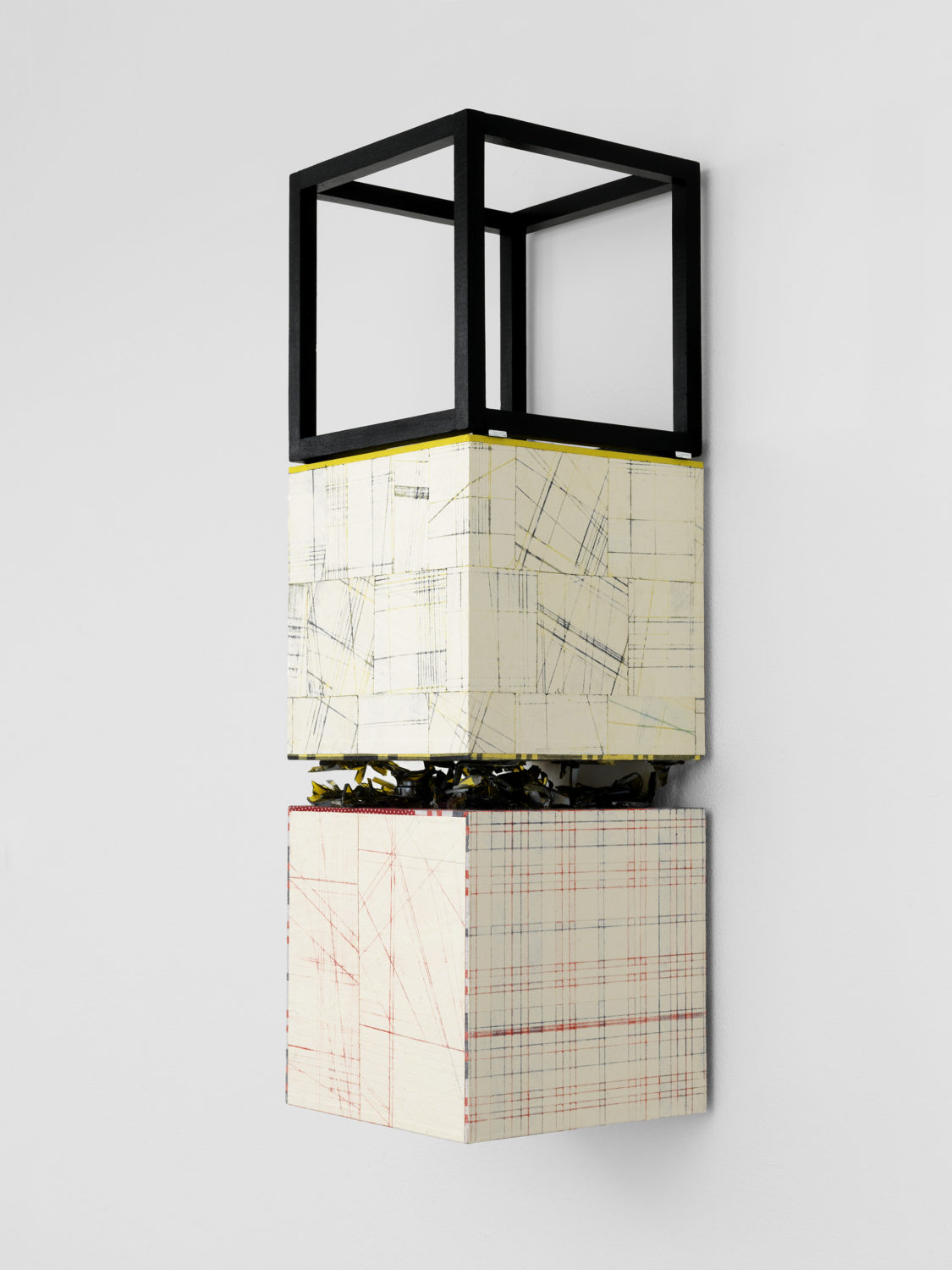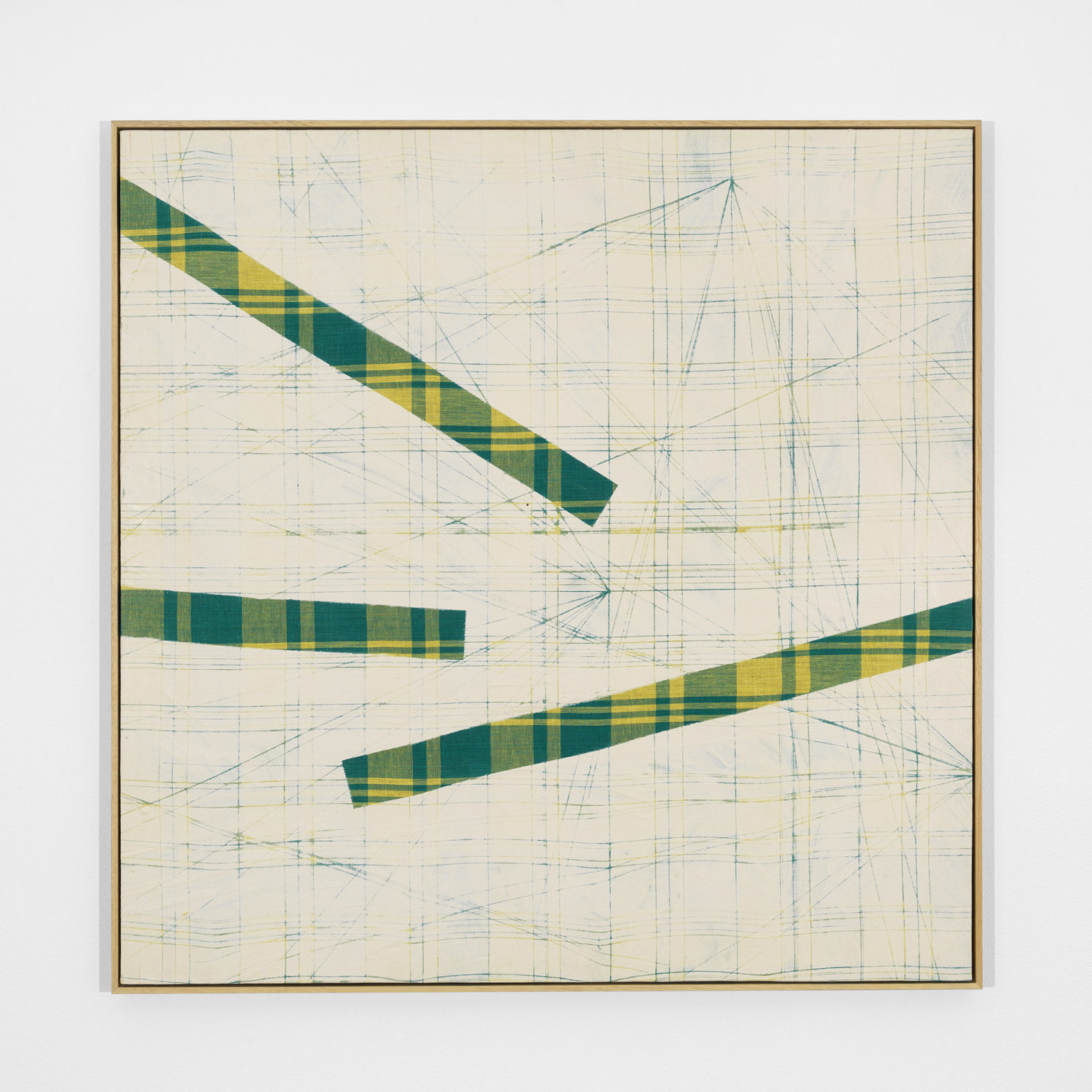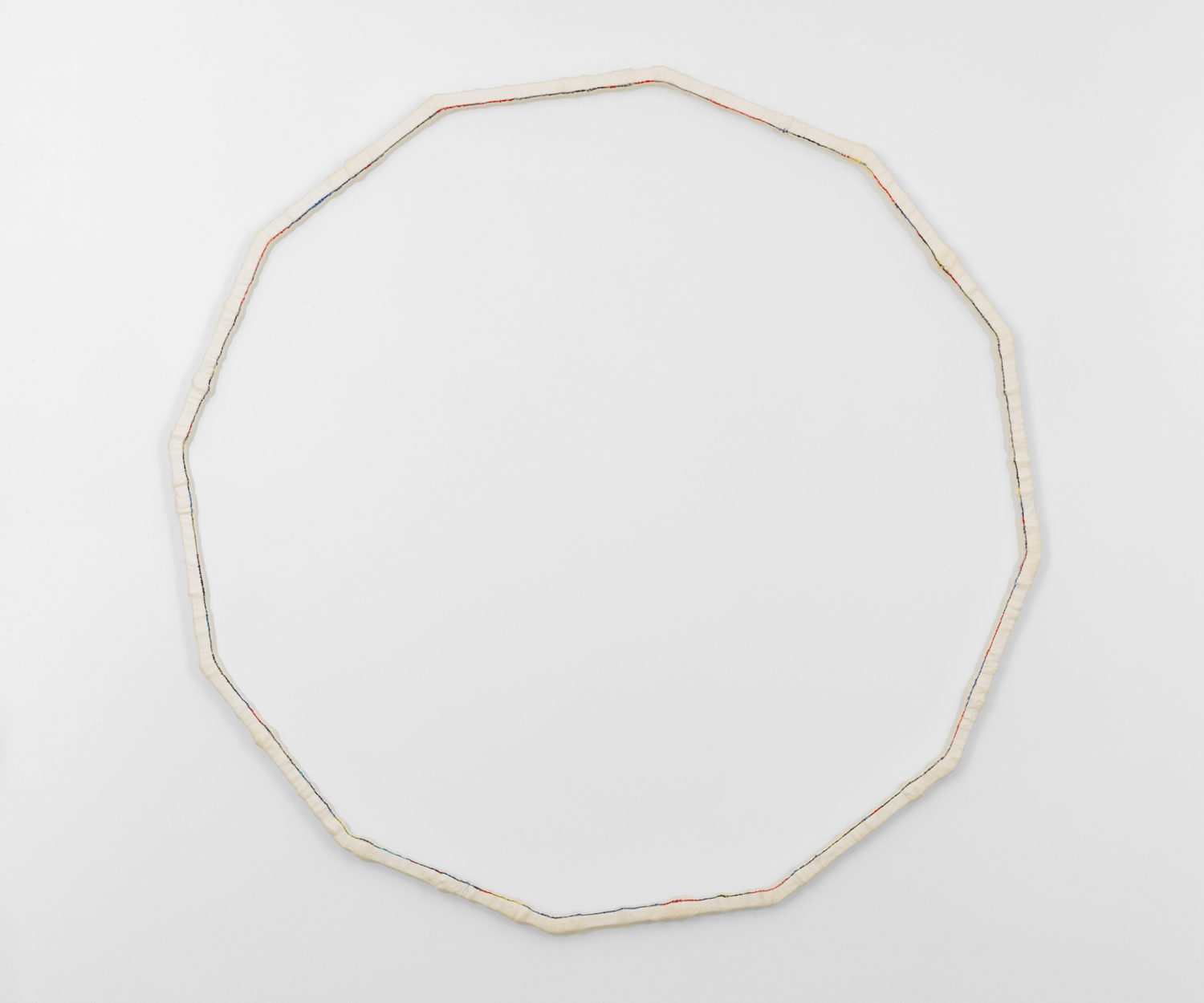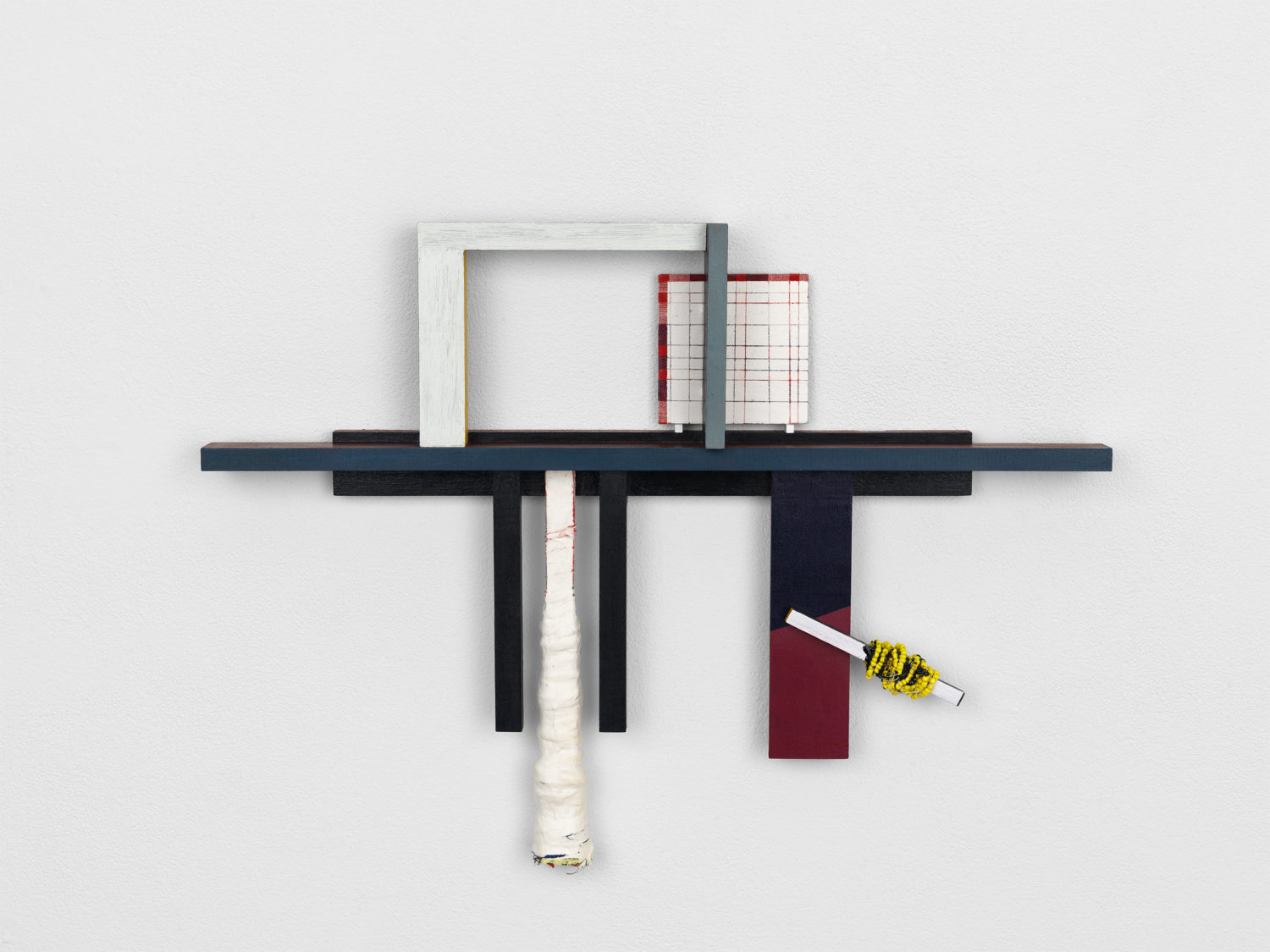Interview: Surinamese-Dutch Artist Remy Jungerman Reframes Minimalism Through A Maroon Lens
By Something CuratedFrom 7 April–15 May 2021, New York’s Fridman Gallery is set to present the first major solo exhibition in the US of Remy Jungerman, whose works explore the intersection of pattern and symbol in Surinamese-Maroon culture, the larger African Diaspora, Jazz, and 20th Century Modernism. Entitled Brilliant Corners, the exhibition deals with the intersecting histories of colonisation and migration, connecting the visual languages of minimalism and conceptualism with materials drawn from Suriname’s colonial past and complicated present. Jungerman, who represented The Netherlands at the 2019 Venice Biennale and has previously exhibited his work at the Stedelijk Museum, Havana Biennial, and the Brooklyn Museum, has created an entirely new body of work for the show, featuring wall-based panels and sculptural assemblages of textiles and clay. To learn more about the artist’s practice, the upcoming show at Fridman Gallery, and what he has planned next, Something Curated spoke with Jungerman.

Something Curated: What is the thinking behind the selection of works included in your upcoming exhibition, Brilliant Corners, at Fridman Gallery?
Remy Jungerman: All of the works were created especially for this exhibition. Mostly panels and some wall sculptures, all of the pieces are inspired by the rhythmic essence of the Agida. The Agida is a long drum (about 2.5 meters long) that produces low-tone sounds. These drums are used in the Afro Surinamese Maroon tradition to honour and show respect for Mother Earth, which is symbolised as a snake god.
SC: Could you expand on your exploration of Suriname’s colonial history and complex present through materials, such as textiles, clay and beads?
RJ: Suriname’s colonial history includes much pain, but it is also a triumphant story of how people who were forcefully brought there were able to carry with them – and for centuries retain – their own cultural and religious practices. In my work I’m looking at how aesthetics developed in this environment, especially with regard to the Maroon tribes. The Maroons escaped slavery on the Dutch plantations and built a strong community deep in the rainforest of Suriname. Here their own religious and aesthetic practices combined with influences and materials from the indigenous people they encountered in the rainforest as well as from the Dutch colonisers. The selection of materials I’m using in my work come mostly from Winti practices.

Winti is an Afro Surinamese traditional religion. The textiles you see in my work are the same as those worn during different Winti ritual practices that honour the Winti pantheons – water, earth, forest and air. The white mineral kaolin clay you see in my work is called pimba by the Maroons. They use it in purification rituals that also serve to honour their ancestors. I view my studio practice as, in a sense, a process in which the art works I produce are the products of ritual acts. Layering the clay on top of the textile and then carving on the clay’s surface, the works reveal the underlying colours in the gridded textiles. These rhythmic surfaces recall the rhythms of the Agida as well as maps of the plantations of Suriname with their grid structures juxtaposed with curved lines.
SC: How has the pandemic impacted your way of working?
RJ: At the beginning of the pandemic, it felt like a blessing to have my Amsterdam studio. I was very focused on making a new body of work for this NYC solo show at Fridman Gallery that was initially scheduled for September 2020. When we began to realise that the pandemic would be with us for a long time, we decided to postpone the exhibition. This was the first moment that I realised that the impact of the pandemic would be much more complicated than I had first thought. As of this moment, I’m not sure if I will be able to attend my opening on April 7 due to the fact that the rules to travel to NY became stricter for Schengen Countries. With all these limitations, it may be that I will be forced to stay underground and keep focus on my studio practice (we here in the Netherlands are currently under a strict lockdown). But I am really hoping things will change soon so I can go to my beloved NYC.

SC: The show’s title comes from Jazz musician Thelonious Monk’s album Brilliant Corners — could you give us some insight into the personal significance of this reference?
RJ: The first time I ever really focused in on the connection between Monk’s music and my work was when I read the brilliant piece Greg Tate wrote for the catalogue that was produced when I represented the Netherlands in the 58th Venice Biennale. In the piece titled “Regarding Maroon Specters, Winti aesthetics and Afropean fugitives in the post-Mondrian/Thelonious Monastic practice of Remy Jungerman” what had been an intuitive connection was made clear for me. Greg describes the impact hearing Monk had on Piet Mondrian’s expression when he was living and working in New York City and likens it to how, when I made the journey from Suriname to the Netherlands, I underwent a process of assimilating my background growing up immersed in the Maroon aesthetic with Mondrian’s grids – and the whole of Modernism really which, as is well known, was itself very much inspired by African art and imagery. There is a circularity in which pattern, symbolism, imagery and also very much sound and rhythm travel, intersect, and converge, in turn creating new forms. This is what fascinates me and what I wanted to explore with this body of work.

SC: What are you currently reading/listening to?
RJ: Except reading some technical fragments that is related to the research of my work I’m not managing to read much at the moment due to the fact that the last year I have been so focused on making works for two solo exhibitions for this year. This Fridman Gallery solo exhibition now and in November of this year I will have a major solo exhibition at the Stedelijk Museum in Amsterdam. As I cycle to or from my studio or relax at the end of my days, I have been mainly listening to audiobooks that have given me strength to deal with these difficult times. Highlights were; The Power of Now by Eckhart Tolle, Human Kind by Ruthger Bregman and Open City by Teju Cole. Lately I listen a lot to Thelonious Monk’s music especially the album Brilliant Corners. My favourite playlists on Spotify are Jazz Rap and Black Lives Matter. And very healing for me lately are the songs of Chavela Vargas which I enjoy most at the end of a long day in the studio when taking a shower, especially the album En Concierto.
Feature image: Remy Jungerman, Horizontal Obeah PEDA, 2020. Photography: Aatjan Renders. Courtesy of the artist and Fridman Gallery, NY